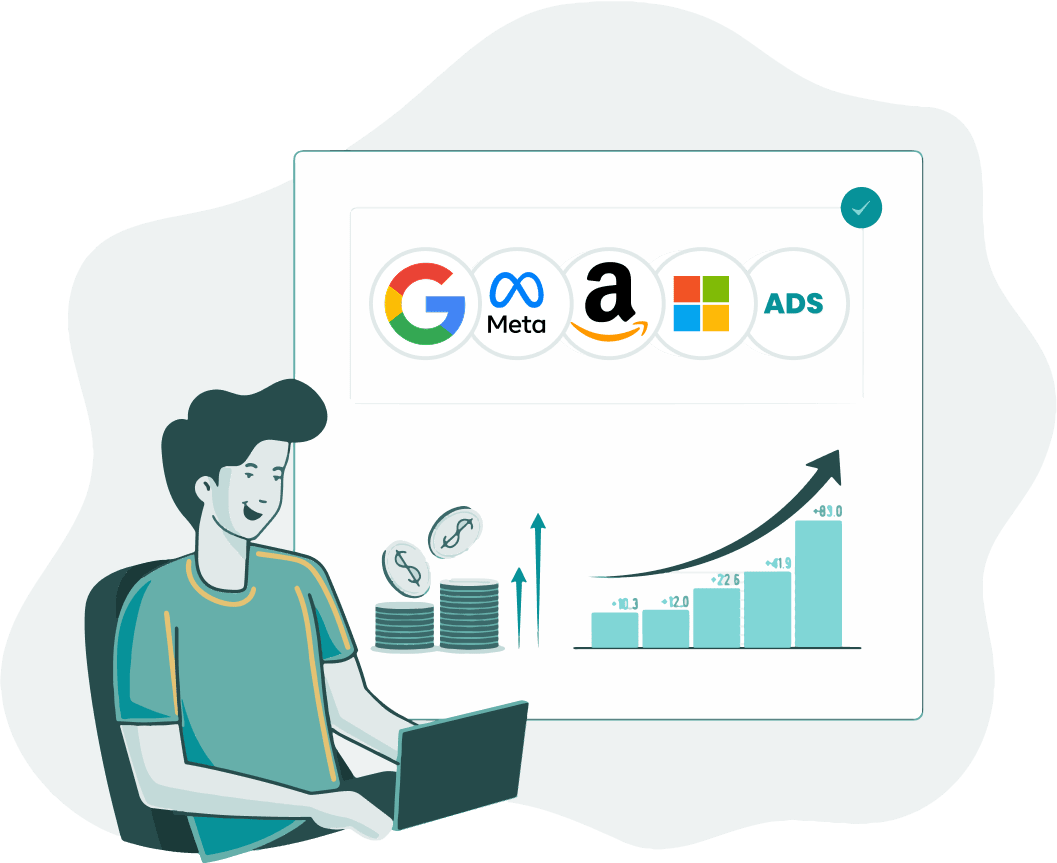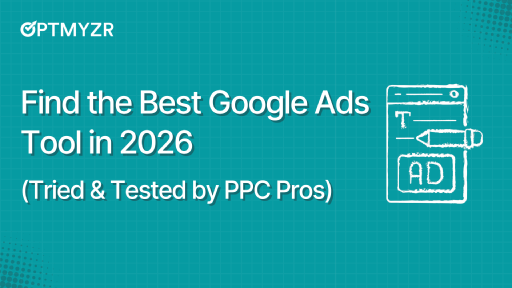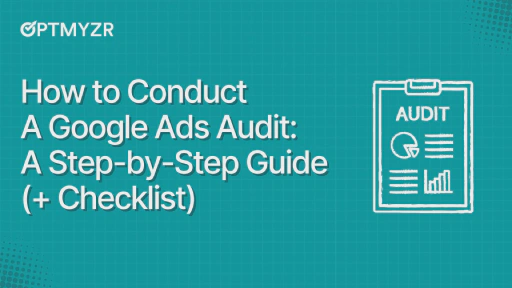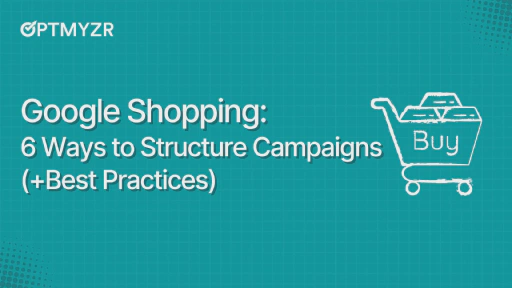Are you noticing that your PPC budget doesn’t go as far as it used to, while targeting options now seem more limited than ever? You’re not alone, and you’re certainly not imagining it.
Google’s recent GML2025 updates made one thing clear: the rules of audience targeting are changing fast. We now have AI Max, a new keywordless campaign type that expands on the automation model of Performance Max.
With these shifts, traditional account management approaches like keyword targeting and general lookalike audiences are no longer sufficient.
This calls for an audience-first PPC strategy: one that focuses on understanding and targeting specific audience segments, and tailoring ads to match their behaviors and preferences.
A more impactful tactic in this new era is competitor audience targeting. It’s a strategic shortcut to reaching high-intent prospects faster. This guide covers what it is, why it works, and how to do it right to lower CPC, boost ROAS, and future-proof your PPC strategy in 2025.
What is competitor audience targeting in PPC?
Competitor audience targeting involves building highly targeted custom audiences based on the websites your competitors are attracting traffic to. Unlike competitor keyword targeting, which focuses on bidding for the same search terms, this approach targets actual audiences that have shown interest in your competitors.
This is one of the most powerful audience targeting tactics available today, since it can be associated with campaign types that don’t use keyword-based targeting, like Performance Max, Demand Gen, Display, etc., to get more control on their reach and spending.
Why traditional keyword targeting alone isn’t enough
1. Auction saturation and cost inflation
As CPCs rise and market competition intensifies, relying solely on keyword targeting and bidding, especially during peak seasons like BFCM, can quickly drain your ad budget. Overcrowded auctions drive costs sky-high, often without delivering proportional returns, particularly if your ad rank isn’t competitive.
2. Limited control in AI-led campaign types
Campaign types like Performance Max and Demand Gen don’t support keyword targeting and offer limited visibility into search term data. Relying on them without strong audience input means surrendering control to Google’s algorithm. While you may hit your conversion goals, it often comes at the cost of wasted spend on irrelevant audiences across multiple channels.
3. Keywords show queries, not people
Traditional competitor keyword targeting may help you compete on the same search terms, but it doesn’t reveal who you’re actually reaching. Without visibility into the audiences behind those queries, you’re missing the chance to target high-intent users directly. You need tools that turn competitor engagement into actionable audience segments for your own campaigns.
Why competitor audience targeting works
1. Behavioral affinity > guesswork on intent
Unlike traditional audience targeting, which covers a wide spectrum of users across different stages of the funnel, competitor audience targeting zeroes in on users who are already solution-aware. These users are actively considering alternatives.
Your goal? Persuade them that your solution offers more value than your competitor’s. This approach boosts advertising efficiency by focusing the budget on those most likely to convert.
2. Unlocks smarter audience seeds for Google’s algorithms to target
In AI-driven campaign types, the quality of your inputs determines the quality of your outputs. Competitor audiences act as high-quality seeds that inform Google’s machine learning models more precisely, leading to more efficient budget use.
3. Reduces waste and speeds up results
Starting with audiences that are already high-probability converters shortens the learning curve of black-box campaign types like Performance Max. It leads to faster stabilization, improved ROAS, and reduced spend on irrelevant impressions.
Real use cases for competitor-based audience targeting
1. Prospect smarter (not broader)
Launching a Display campaign for a SaaS project management tool? Instead of going broad with interest-based targeting, build a custom audience of users who visit competitors like Zoho Projects or Asana.
The result? Lower CAC, better CTR, and more marketing-qualified leads within the first two weeks.
2. Boost PMax performance with external audience signals
A DTC apparel brand runs a PMax campaign and adds a custom audience built from URLs of top competitors. This arms Google’s machine learning algorithms with more relevant audience signals, accelerating learning for asset groups and improving cost efficiency across placements.
3. Run win-back or contrast campaigns
Suppose you’re managing an account of a fintech startup. Build campaigns targeting audiences from larger players like Intuit. The ad messaging should focus on speed, agility, and personalized support, contrasting the pain points associated with larger companies.
Result: Higher engagement from users open to alternatives.
4. Category expansion
Suppose you’re managing campaigns for a meal delivery service that’s expanding into wellness-related products. Identify adjacent competitors and target their audiences. This opens up new revenue streams via cross-category interest, with less money spent on prospecting.
How to build competitor-targeted audiences
1. The manual approach
To create competitor URL-based audience segments in Google Ads, you need to create a custom segment within the Audience Manager, selecting “people who browse types of websites” and adding your competitor’s URLs. This allows you to target users who have recently visited those websites.
Here’s a step-by-step guide:
- Access Audience Manager: Navigate to your Google Ads account. Go to “Tools & settings” > “Audience manager”.
- Create a Custom Segment: Click the “Custom segments” tab, then the plus button to create a new custom segment.
- Define the Audience: Choose “People who browse types of websites”. Enter your competitor’s URLs and, optionally, relevant search terms. These segments are inferred by Google based on user behavior, not direct visits.
- Name and Save: Give your segment a clear name (e.g., “Competitor A Visitors”) and save.
- Add to Campaign: In your chosen campaign or ad group, go to “Audiences” > “Edit audience segments” > select your new segment > click “Save”.
While powerful, this process is fragmented and manual. Here’s an easier way.
2. The smarter way: Building competitor audiences through Optmyzr
We recently introduced a new feature that makes it easy to create targeted custom audiences using competitor website URLs, right from the Top Competitors Widget on your Account Dashboard.
This widget identifies competitor domains based on overlapping keyword activity. You can immediately build an audience by clicking “Create Audience”, opening a side-tray where you can:
- Pre-fill with the top 5 competitor URLs
- Add related search terms or interests to your custom audience segments
- Assign audiences to campaigns (Display, Performance Max, Demand Gen, etc.)
- Apply and manage across ad groups/asset groups from one place

This turns a previously complex, multi-step task into a streamlined workflow, giving you smarter reach in minutes.
Why this matters now (and what’s coming next)
Ad platforms are increasingly adopting keywordless targeting models like AI Max and Demand Gen, where traditional controls no longer apply. In this landscape:
- Audiences, and not just keywords, will define success.
- The advertiser’s advantage lies in audience signal quality.
- Most ad tools are still playing catch-up in this regard. Optmyzr is building for what’s next: smarter, faster, audience-led PPC workflows.
It’s time to move from keyword strategy to audience strategy
PPC success in 2025 is not just about showing up for the right searches; it’s about showing up for the right people.
If you’re ready to avoid broad guesswork and start using your competitors’ success as your targeting strategy, Optmyzr can help. If you’re not an Optmyzr user yet, sign up for a free trial to explore this feature and see how it gives you a competitive edge.
Key questions answered
Q. What is competitor audience targeting?
A. It’s the strategy of creating audience segments from competitor website URLs, allowing you to target users already interested in similar products or services.
Q. How does competitor audience targeting improve ROAS?
A. By targeting high-intent users who have already engaged with competitor sites, you reduce wasted impressions and increase the likelihood of conversions.
Q. What are common tools or methods for competitor audience targeting?
A. You can use Google Ads Custom Segments and Optmyzr’s new feature to build competitor-targeted audience segments.
Q. Why is this feature not available in my Optmyzr plan?
A. The “Create Audiences Using Competitor Websites” feature is available only in Premium and Enterprise plans. Contact support@optmyzr.com to upgrade.
Q. How does competitor audience targeting help with PMax campaigns?
A. It feeds Google’s machine learning with high-quality audience signals, accelerating learning and improving performance across asset groups.
Q. What challenges does competitor audience targeting solve?
A. It solves inefficiencies in targeting by focusing ad spend on known high-intent segments, improves relevance, and provides greater control in AI-led campaigns.









